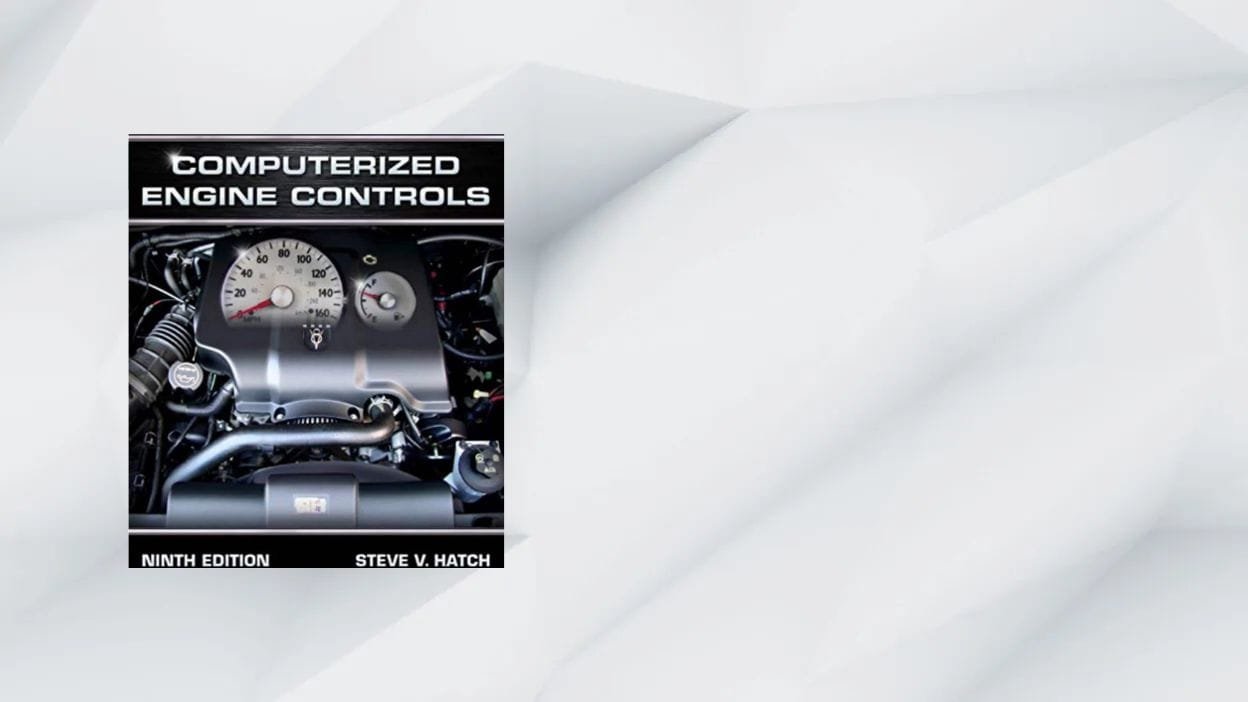The Computerized Engine Controls – 9th Edition is an indispensable resource for automotive engineering students, professional mechanics, and car enthusiasts. Written by industry experts, it provides in-depth knowledge of modern automotive electronic control systems, updated to include hybrid technology, advanced diagnostics, and real-world troubleshooting techniques.
1. Importance of Computerized Engine Controls
Modern engine controls are the core of automotive performance, efficiency, and emissions management. They regulate air-fuel ratios, ignition timing, idle speed, and exhaust emissions, ensuring vehicles meet both performance expectations and environmental standards.
Mastering computerized engine control systems is essential for:
- Diagnosing complex automotive problems.
- Understanding hybrid and electric vehicle integration.
- Staying competitive in today’s technology-driven automotive industry.
2. Key Topics Covered in the 9th Edition
This edition offers comprehensive coverage of:
- Electronic Fuel Injection Systems – Design, operation, and tuning.
- OBD-II Systems – Functions, fault detection, and diagnostics.
- Hybrid & Electric Vehicle Controls – Integration of modern propulsion systems.
- Advanced Troubleshooting – Real-world scenarios and problem-solving methods.
3. Target Audience
The book is ideal for:
- Automotive Engineering Students – Academic and hands-on learning.
- Professional Technicians – Practical diagnostic guidance.
- Car Enthusiasts – Technical insights into modern engine controls.
4. Learning Approach
The Computerized Engine Controls – 9th Edition follows a step-by-step learning path, starting with basic concepts and progressing to complex systems. Each chapter includes:
- Case Studies – Real automotive repair examples.
- Diagrams – Clear illustrations of systems and components.
- Quizzes & Exercises – To reinforce learning and test understanding.
5. Book Features
- Visual Aids – Diagrams simplify complex processes.
- Step-by-Step Diagnostics – Guidance on working with ECMs and DTCs.
- Practical Examples – Scenarios from real repair shop cases.
6. Understanding Engine Control Modules (ECMs)
The ECM acts as the “brain” of the engine, processing input from sensors and controlling actuators to maintain performance. The book explains:
- How ECMs manage ignition, fuel, and emissions.
- Common ECM failure symptoms.
- Diagnostic methods to identify and fix ECM-related problems.
7. The Role of OBD-II Systems
OBD-II technology is standard in all modern vehicles. The book covers:
- How OBD-II continuously monitors engine performance.
- The process of logging and retrieving fault codes.
- How OBD-II helps in emission compliance and troubleshooting.
8. Diagnostic Trouble Codes (DTCs)
Being able to read and interpret DTCs is a critical skill for technicians. This edition provides:
- Lists of common codes.
- Explanations of their meanings.
- Case examples for accurate diagnosis and repairs.
9. Advancements in Engine Technology
The 9th Edition includes expanded coverage of hybrid and electric vehicle controls, with emphasis on:
- Battery management systems.
- Regenerative braking integration.
- Coordination of electric motors with traditional engine controls.
10. Finding the Computerized Engine Controls 9th Edition PDF (Legally)
Ethical, legal sources for accessing the PDF include:
- University Libraries – Many offer free digital copies.
- Open Educational Platforms – Such as Open Library.
- Automotive Training Forums – Where authors sometimes share excerpts.
11. Free vs. Paid Access
- Free Access – Saves costs but may not always have the latest edition.
- Paid Access – Guarantees updated content, supports authors, and ensures quality formatting.
12. External Learning Tools
To complement the handbook:
- OBD-II Scanners – Practice real-world diagnostics.
- Automotive Online Courses – Practical lessons in engine control systems.
- Simulation Software – For safe, hands-on learning without vehicle risk.
13. FAQs – Computerized Engine Controls 9th Edition
Q1: What’s new in the 9th edition?
A: Expanded hybrid systems coverage, advanced diagnostics, and updated case studies.
Q2: Is it suitable for beginners?
A: Yes, it starts with basics before moving to complex topics.
Q3: Is it legal to download the PDF for free?
A: Yes, if accessed via authorized sources like libraries or educational portals.
Q4: Does it cover hybrid and electric vehicle technology?
A: Yes, it includes comprehensive chapters on EV and hybrid control systems.
Q5: Are there similar reference books?
A: Automotive Technology: Principles, Diagnosis, and Service is an excellent companion.

